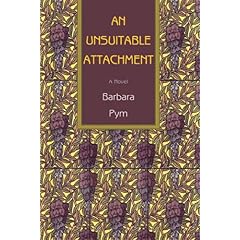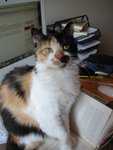The Great Harry Potter Re-Read, Part 1


The countdown here has begun. I have just started my re-read of all six Harry Potter book prior to the release of Harry Potter and the Deathly Hallows on July 21. Most of the books I have only read once, so I thought the best way to usher in the final installment was to reacquaint myself with Harry, his friends, and the Hogwarts world.
In lieu of recaps, I thought I would post some random trivia about each book.
Random Trivia about Harry Potter and the Philosopher's Stone
(aka Harry Potter and the Sorcerer's Stone)
1. Missing text - American readers are introduced to Gryffindor House member Dean Thomas before their British counterparts. The American edition retains the following text that was edited out of the British edition: "Thomas, Dean," a Black boy even taller than Ron, joined Harry at the Gryffindor table.
Note: When I read this sentence in the novel, I also wondered why black was capitalized.
2. Word Count: The first book contains 76,944 words.
3. Title: Refers to a stone sought after by alchemists, a stone which was reputed to turn other metals into gold and to grant immortality.
4. Cover art: You can go here to see Harry Potter cover art from all over the world. The original Bloomsbury cover by Thomas Taylor includes a rather bizarre-looking figure on the back. The man in the picture really doesn't match any character in the book, although fans have speculated that it is supposed to represent eitherDumbledore or Quirrell. After a few editions, the back cover was changed with a new image, this time clearly identifiable as Dumbledore, even holding a Put-Ouer. [source here.]
























